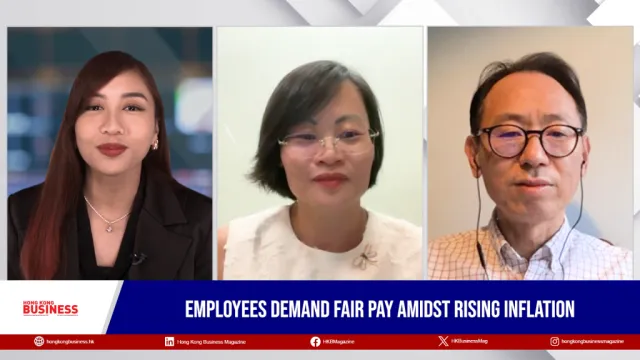How does Hong Kong's workforce diversity rank?
By Dean StallardHong Kong is globally renowned as being an international financial centre where skilled professionals can further their career. Its geographical position in the region and proximity to mainland China make it an ideal location for multinational organisations and open-minded professionals.
But how does the diversity of Hong Kong's workforce rank? How many of those that are attracted to come and work in Hong Kong are successful in gaining employment as an expatriate and how much of Hong Kong's workforce is female?
The Hays Asia Salary Guide released earlier this year, seeks to uncover how diverse Asia's workforce is in terms of foreign employees but also the percentage of women in the workplace.
In our survey, we firstly asked whether organisations had diversity policies in place. In Hong Kong, 49 percent said that they did. While a further 19 percent said they weren't sure and 32 percent said they did not. When asked whether these policies were adhered to, the majority 43 percent said they weren't sure. Only 18 percent in Hong Kong said these policies were adhered to well, 32 percent said fairly well, and 6 percent said not well.
In terms of the percentage of foreign employees in organisations across the five countries surveyed in the guide, Hong Kong stood in second place with 18 percent. Singapore claimed the number one spot with 28 percent of its workforce made up of foreign talent. China scored the least with only 8 percent of employees being foreign.
Localisation laws justly safeguard local jobs for local talent, however skills shortages are rife in Hong Kong and employers need to be able to tap into overseas talent pools to fill the gaps. By increasing the percentage of foreign talent in Hong Kong, employers could have a chance at closing skills gaps and gaining a competitive edge.
When it comes to the percentage of women in management positions, Hong Kong scored middle of the road with 28 percent of women in management positions. Malaysia was the frontrunner with 37 percent and Japan the furthest behind with 19 percent. Despite government-supported initiatives to improve gender diversity in Asian workplaces, the region continues to make slow progress.
Hong Kong has a way to go in achieving a truly diverse workforce, but the sooner the better. Diversity enables organisations access to a wider talent pool, and both cultural and gender diversity also strengthen the collective knowledge and experiences of a workforce, which in turn fosters better problem-solving abilities.
By recognising the benefits of a diverse workforce, including a stronger female talent pipeline and enabling access to overseas talent where skills are in short supply locally, businesses will experience higher productivity and ultimately a more successful bottom line. Embracing diversity in all its forms and addressing equality need to be more than just a box-ticking exercise.




















 Advertise
Advertise






